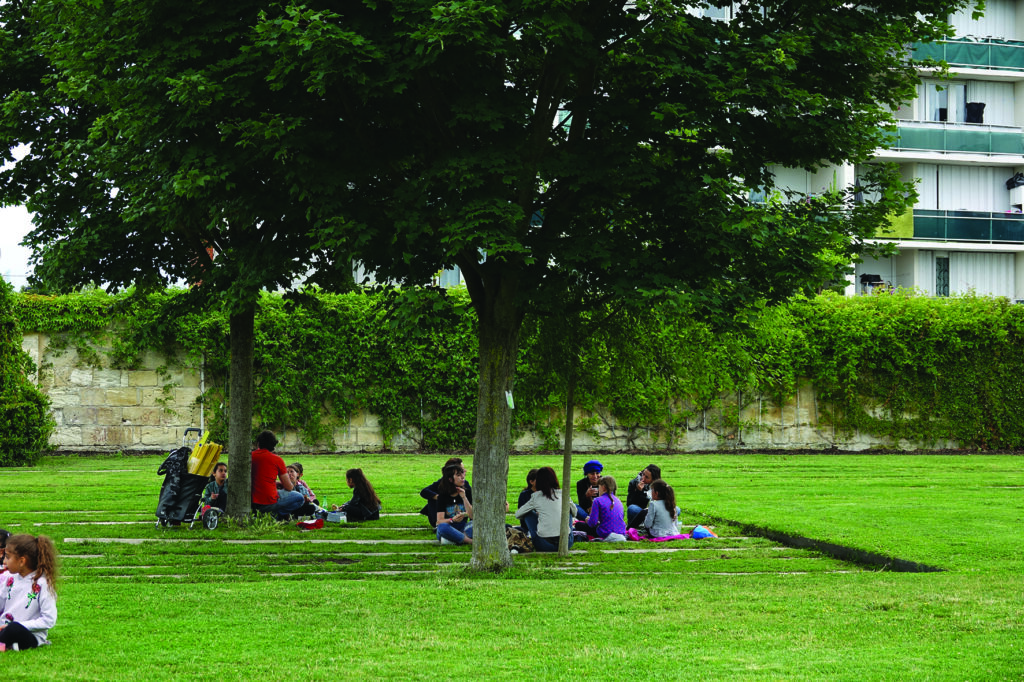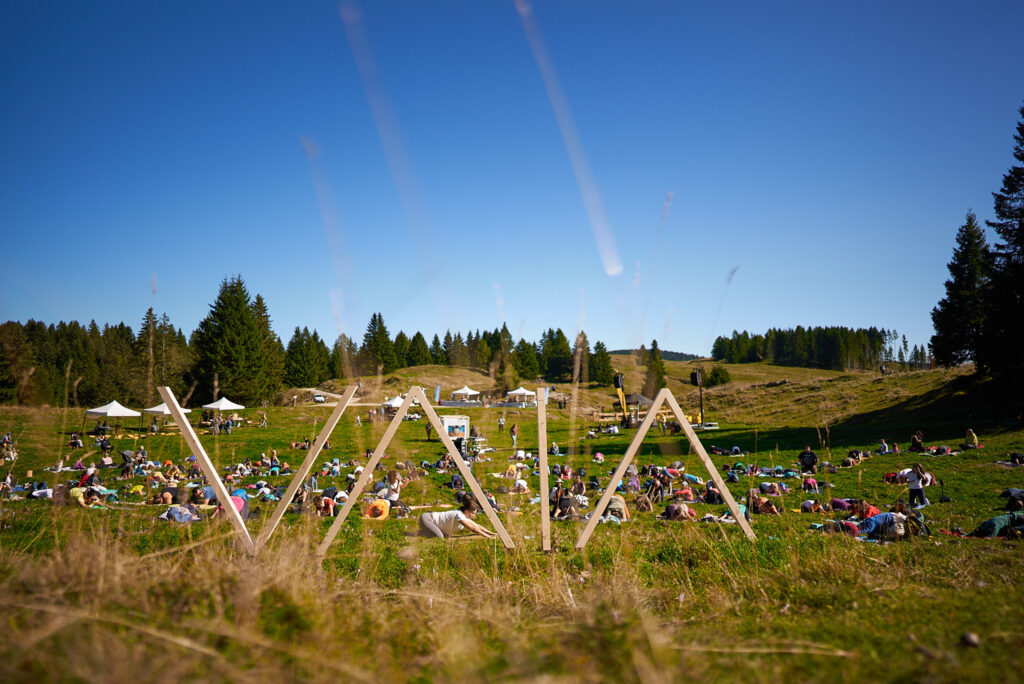The world we live in has changed radically. Life in the 21st century moves in an interconnected, multicultural and diversified world that is evolving rapidly, where emerging economic, digital, cultural, demographic and environmental forces determine the human existence, increasing encounters and conflicts, risks and opportunities. Mobility is on the increase, also due to greater discrepancies between rich and poor countries, continuing dictatorships, violence, wars and deportations across the world. On the other hand, in many industrialised countries, low birth rates and the increasing demand for human resources and services attract large numbers of new people. Therefore, migrations change from elements of risk to resources and opportunities; from a marginal, transient phenomenon they have become one of the most significant and permanent aspects that change the structure and systems of society.
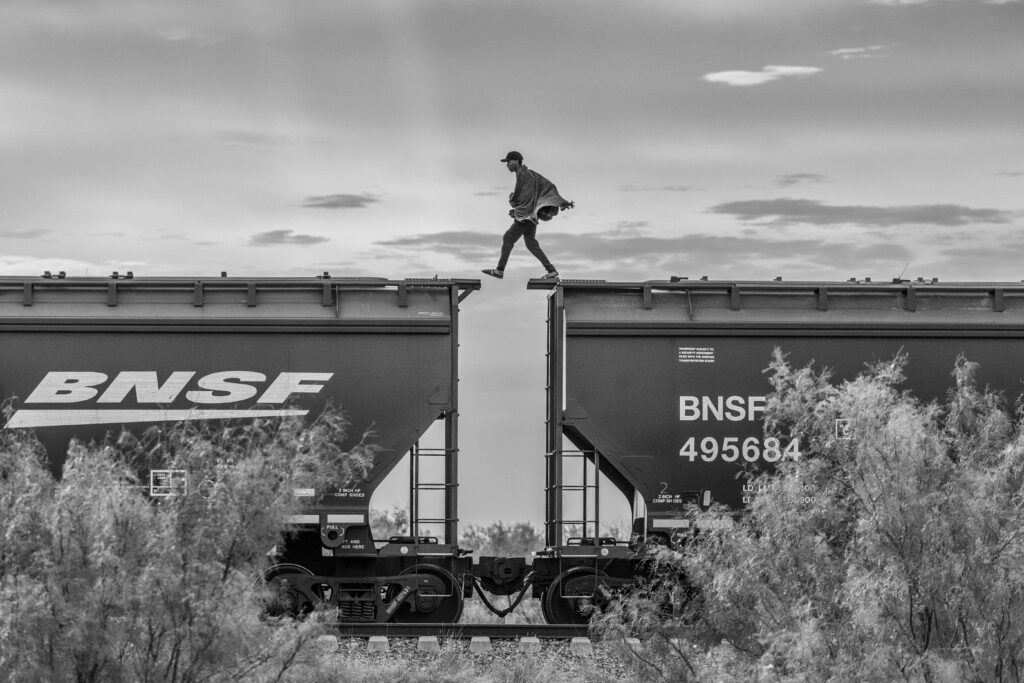
Neoliberalism and its influences on architecture
Following the necessary liberal reforms that rightly proclaimed the end of authoritarian and oppressive forms of government, in industrialised countries today we are in a period known as “neoliberalism”. As I widely explained in the book Educazione e pedagogia interculturale (Il Mulino, 2022), the culture of neoliberalism seems to increasingly promote dehumanising institutions, bureaucracies and ways of life: laws and regulations become increasingly incomprehensible, citizens feel like enemies, becoming distant and afraid of each other, while the sense of community and the value of friendship are waning.
These changes also influence the world of architecture. From a rapid overview of city developments, observing their architectural changes, Zygmunt Baumann (Fiducia e paura nelle città, Bruno Mondadori, 2005) notes the strong tendency to add communication barriers. Even in global cities like London or New York, a rise in the tendency to segregate and exclude has been noted, with the spaces between homes, squares, neighbourhoods cordoned off by barriers, walls, barbed wire, with vigilantes, spray guns installed on walls ‘to keep vagabonds away’, sloping edges that prevent people from sitting down. There are fewer spaces for meeting, green areas continue to be concreted over, with fewer and fewer vital spaces.
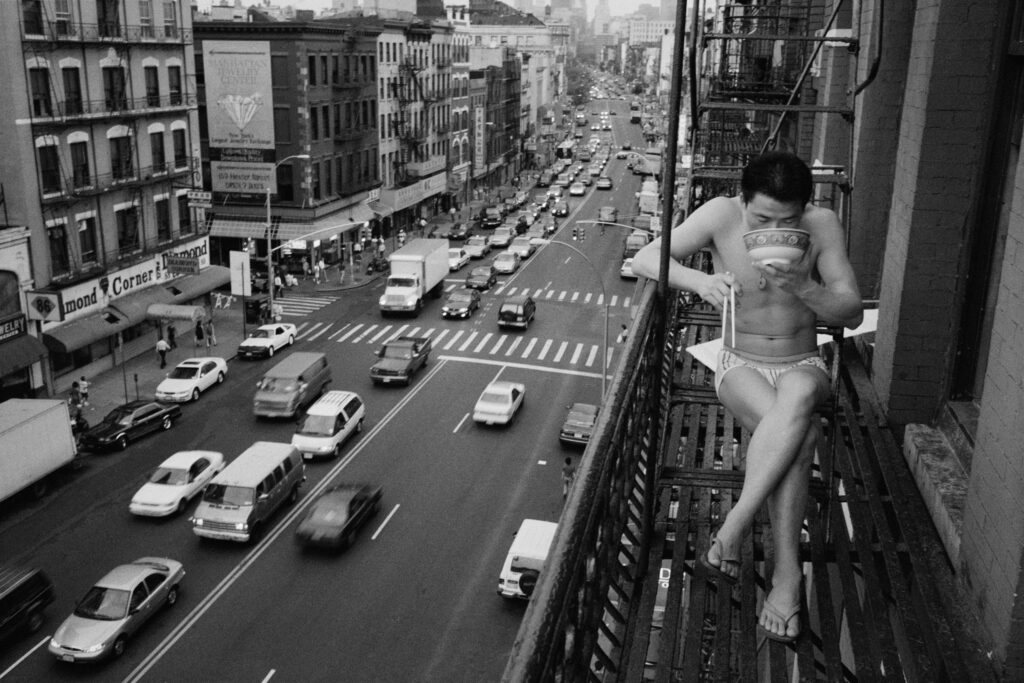
The paradoxes of a hyper-connected world
In this season of pluralism and communication, a clear paradox comes to the fore: despite the greater opportunities, human beings are increasingly alone and unable to communicate.
These changes also affect our personal identities. While in the past, the life of every person was marked by precise steps, rules and prohibitions dictated by tradition, religion or the state, today identity becomes the result of constant subjective choices. In his book Risk society (SAGE, 1992), the German sociologist Ulrich Beck talks of “choice and do-it-yourself biographies” which, depending on individual decisions, can become “success biographies” or “risk biographies”. We are bearing witness to an assembly or patchwork pattern, where individual components or cultural standards do not always match those acquired previously. Often uncertainty, principles of exteriority (appearance) and change (flexibility) dominate more interior components, putting their very psychological resilience at risk.
In brief, the 20th century bequeathed us many opportunities, but also many hazards. The first refer to the progress of scientific and technological knowledge, improving quality of life in the Western world. The second refer to new risks.
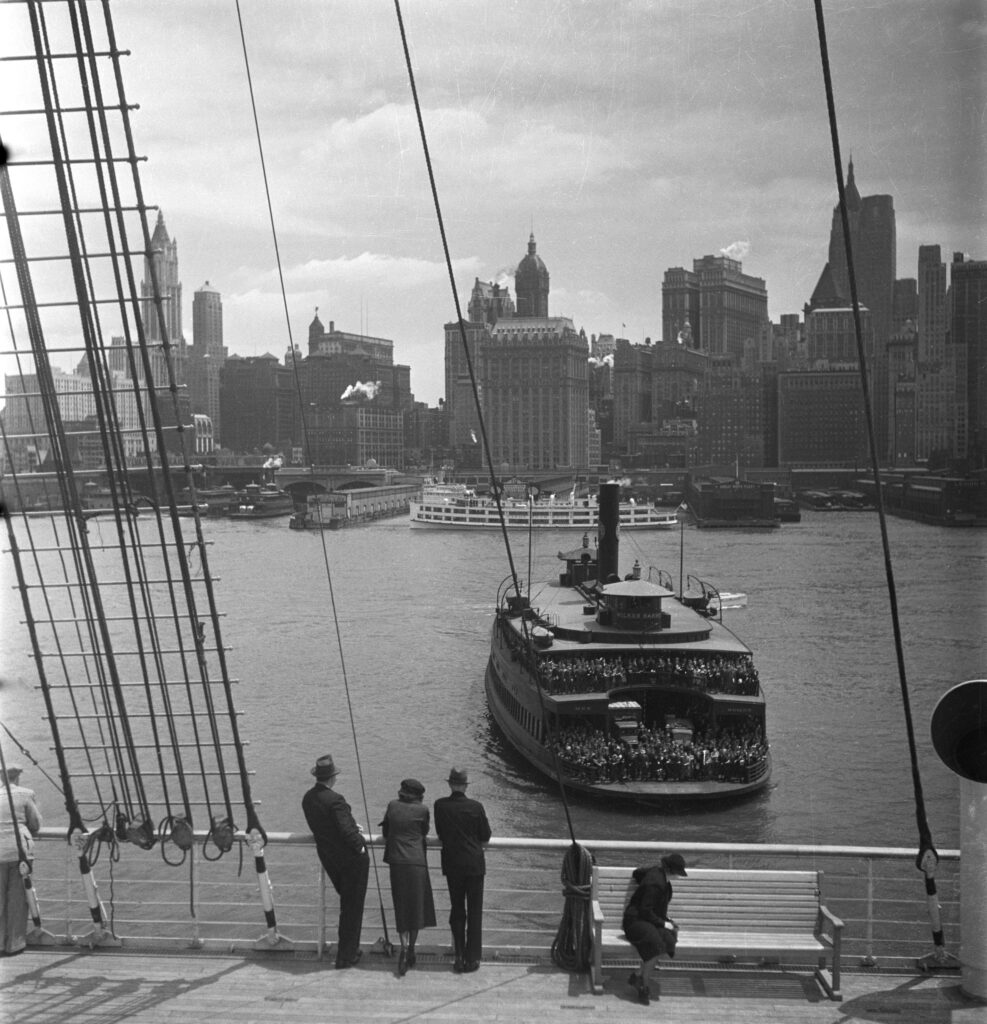
The answer: start with education
This analysis underlines how all the citizens of the earth need to acquire the appropriate tools for understanding these changing scenarios. There is now an urgent need to learn to correctly manage the risks and opportunities associated with the radical changes underway. The primary element needed to move in this direction, according to more and more scholars, is the imperative need for education, and the acquisition of intercultural skills. .
To overcome the crisis, it is therefore indispensable to invest in education, pedagogy and culture. As I wrote in Manuale di pedagogia interculturale (Laterza, 2013, 2020), “now more than in any other historical era, we urgently need to rediscover culture and its age-old value as the “most precious asset” available to women and men. We have to reawaken and foster love for knowledge. In the past, knowledge was something shared; the problem was the dissemination (and access to) such knowledge. Today, in the time of the Internet and cultural pluralism, we have to know how to choose.”
In addition to the UN and UNESCO, the institutions working hardest to promote intercultural education and skills are the Council of Europe (see particularly the White Paper on Intercultural Dialogue: Living together as equals in dignity; and the report Living together – Combining diversity and freedom in 21st‑century Europe).
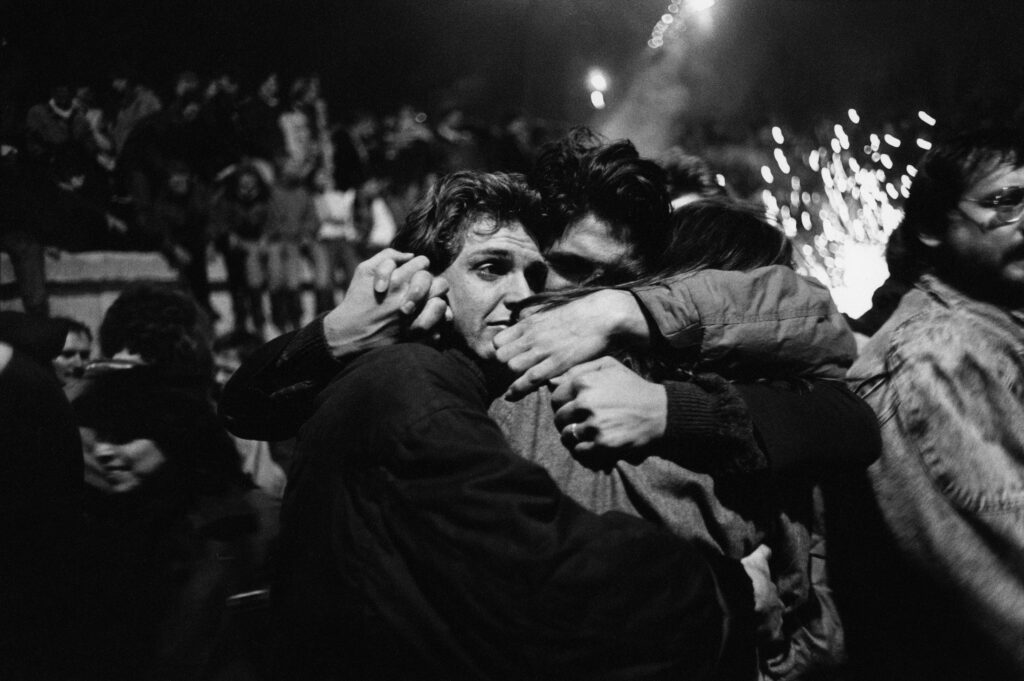
Why it is worth welcoming diversity
While in the labour market we use the concept of education understood as educere (draw out), it will be necessary to draw out the best of everyone. In the field of architecture, it is a question of understanding spaces and places not only in terms of beauty, but also in terms of ‘well-being’, the pleasure of spending time together, sharing to meet the needs of the community.It is a matter of designing and living in spaces that are able to enhance all the elements of prior positive experiences, and especially the potential, skills and intelligence to be developed. Including elements of education to diversity would help to promote the socialisation process. It will be necessary to combine legitimate economic principles (profit, effectiveness and efficiency) with educational principles: attention to people, communication and relationships.
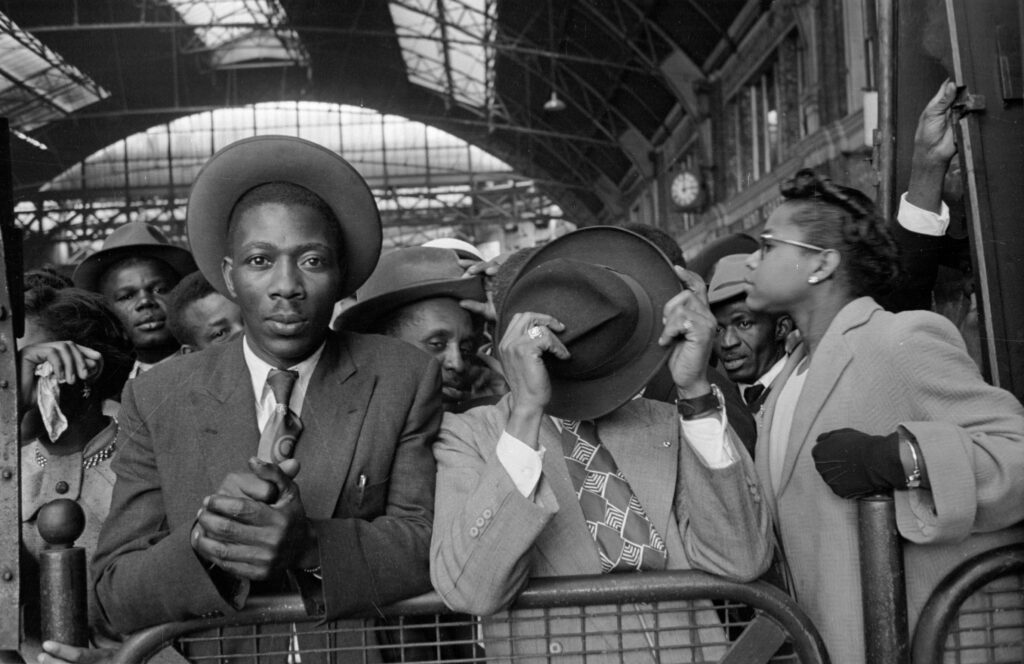
Dynamism is not a risk
In the age of multicultural societies, the most appropriate pedagogy is that declined in intercultural terms, according to which concepts such as “identity” and “culture” are understood dynamically, they evolve continuously. Acquiring intercultural skills, otherness, emigration and life in multicultural societies can generate opportunities for personal and collective growth and enrichment.
The intercultural approach reveals itself as a possibility for respectful encounters on equal footing, without forcing the people involved to give up a significant part of their own identity. In architecture, it indicates a model to follow to best manage the challenges of our changing world.
Bibliography
Cristina Balloi, La diversità nei luoghi di lavoro. Modelli, approcci e competenza pedagogica interculturale per il Diversity Management. FrancoAngeli, 2022
Agostino Portera, Educazione e pedagogia interculturale. Il Mulino, 2022
Zygmunt Bauman and Agostino Portera, Education and Intercultural Identity. Routledge, 2021
Competenze interculturali e successo formativo, edited by Agostino Portera and Marta Milani, ETS, 2019
*The photographs accompanying Agostino Portera’s essay are part of the permanent exhibition The Family of Migrants, at the Fenix Museum in Rotterdam, a complex inaugurated on 16 May 2025, designed by MAD Architects and devoted to the issue of migration. The exhibition, curated by Hanneke Mantel, brings together almost 200 photographs of 136 photographers in 55 countries from 1905 to today. They include documentary images, portraits, archive photos, news report images and museum collections. The issues explored include the family, love, the hazard of the journey and saying farewell.

Alejandro Cegarra, Mexico, 2023. A man, unable to afford a smuggler, travels on the top of a freight train to the United States.

Chien-Chi Chang, United States, 1998. A man who recently emigrated to New York eats noodles on a fire escape. © Chien-Chi Chang / Magnum Photos

Eva Besnyö, United States, 1938. The maiden voyage of the steamship Nieuw Amsterdam. Passengers gaze from the deck towards an approaching ferry. © Maria Austria Instituut

Guy Le Querrec, West Germany, 1989. A trio embraces tightly amidst the celebration following the fall of the Berlin Wall. © Magnum Photos

Haywood Magee. Caribbean immigrants arrive at Victoria Station, London, after their journey from Southampton Docks, 1956. © Haywood Magee / Getty Images
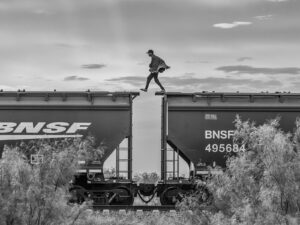
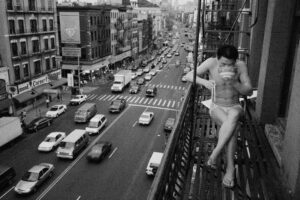
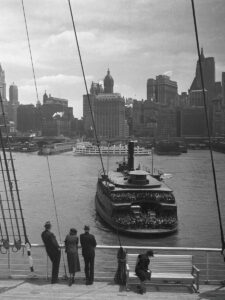


Agostino Portera
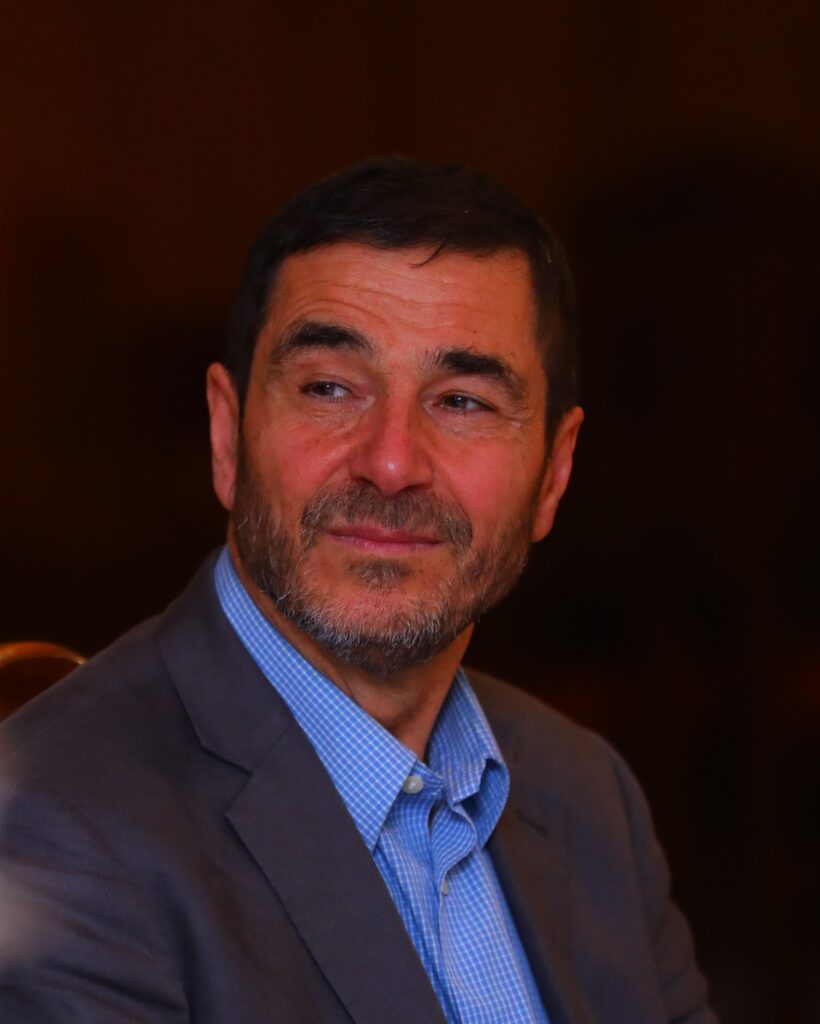
Full professor of General and Intercultural Pedagogy, director of the Intercultural Studies Centre and director of the Intercultural Competence and Management Master’s Programme at the University of Verona. He earned his PhD in Intercultural Education at the University of Freiburg (Germany). He has published eleven books and numerous articles on immigration, identity, education, and intercultural competences. Some of his most recent publications include Educazione e Pedagogia Interculturale, Il Mulino, 2022; Education and Intercultural Identity, Routledge, 2021, with Zygmunt Bauman.

